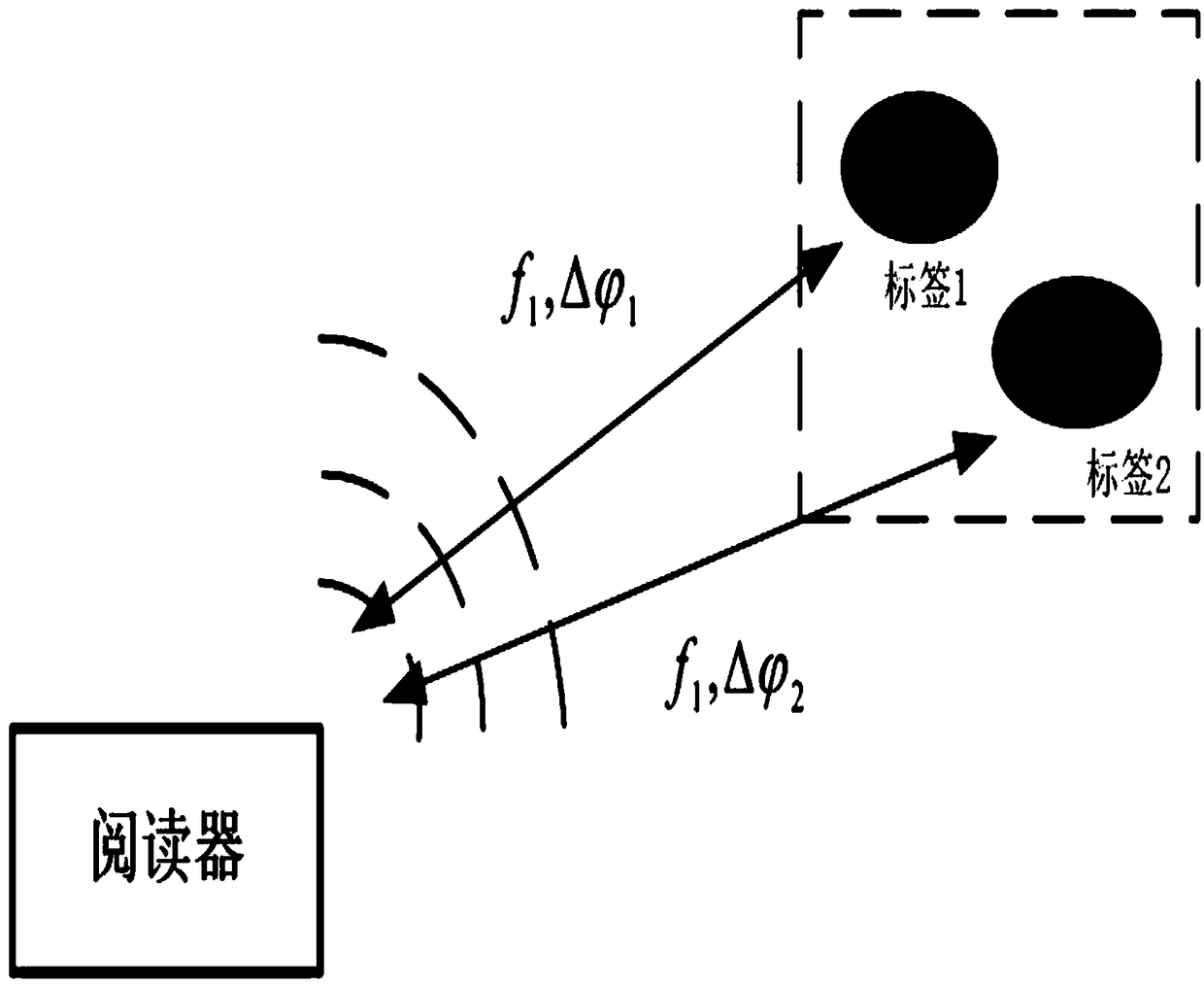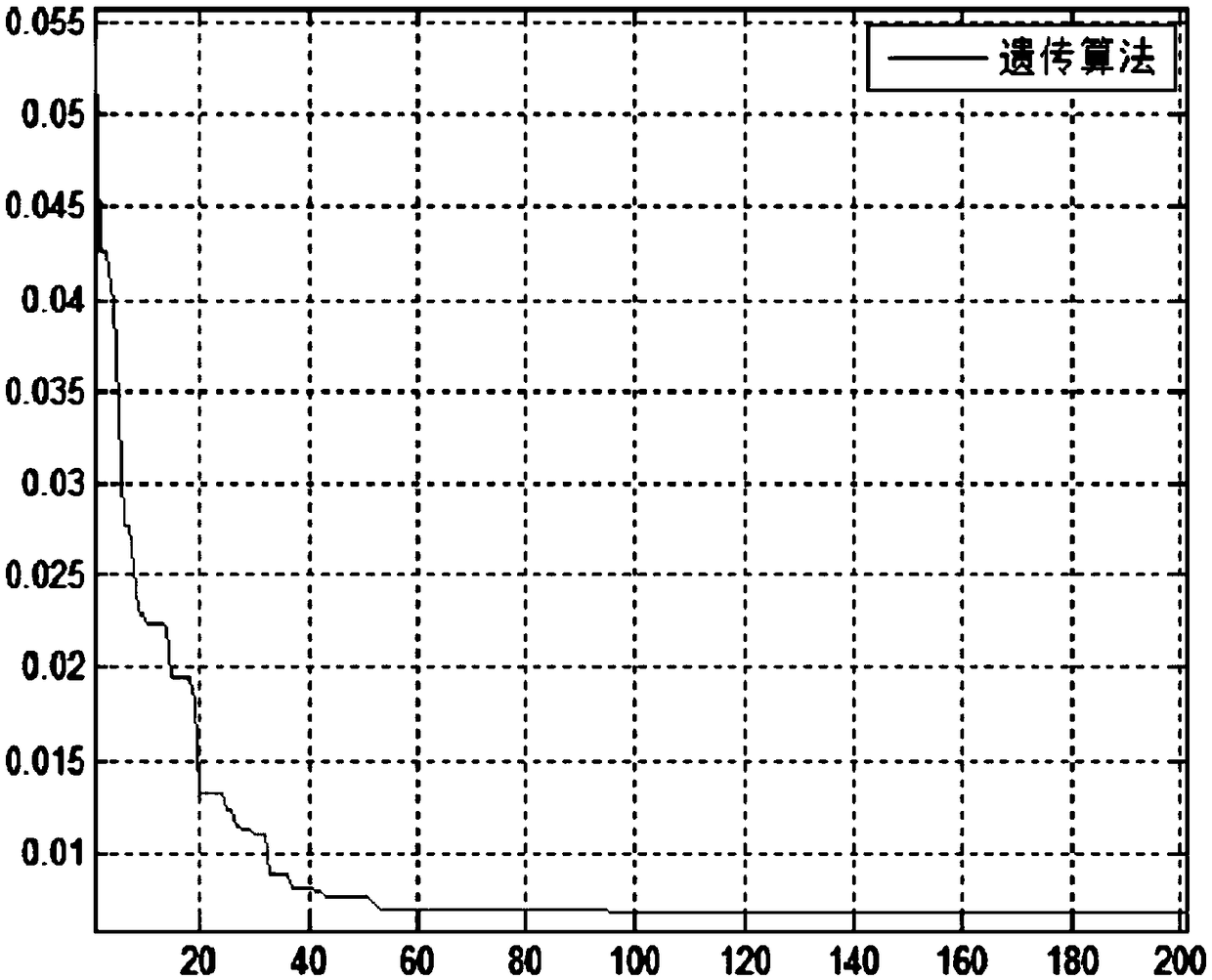RFID indoor positioning algorithm based on dual-label array phase difference
An indoor positioning and phase difference technology, which is applied to location information-based services, specific environment-based services, and positioning. The effect of small size and high positioning accuracy
- Summary
- Abstract
- Description
- Claims
- Application Information
AI Technical Summary
Problems solved by technology
Method used
Image
Examples
Embodiment Construction
[0055] refer to Figure 1 to Figure 5 , an RFID indoor positioning algorithm based on the phase difference of a double-tag array, including the following steps:
[0056] S1: Obtain the phase difference by using a double-label array;
[0057] S2: Eliminate phase ambiguity;
[0058] S3: According to the relationship between the phase information and the distance, calculate the distance difference between the tag array and the multiple antennas, and obtain multiple hyperbolas to achieve;
[0059] S4: Based on the deflection angle problem that may exist in the double-label array, construct the objective function and use the genetic algorithm to find the optimal solution to realize the positioning.
[0060]The phase difference is obtained by double-label display, and the obtained data is more accurate; after that, the phase ambiguity is eliminated to obtain more accurate data. According to the relationship between the phase information and the distance, the distance difference be...
PUM
 Login to View More
Login to View More Abstract
Description
Claims
Application Information
 Login to View More
Login to View More - R&D
- Intellectual Property
- Life Sciences
- Materials
- Tech Scout
- Unparalleled Data Quality
- Higher Quality Content
- 60% Fewer Hallucinations
Browse by: Latest US Patents, China's latest patents, Technical Efficacy Thesaurus, Application Domain, Technology Topic, Popular Technical Reports.
© 2025 PatSnap. All rights reserved.Legal|Privacy policy|Modern Slavery Act Transparency Statement|Sitemap|About US| Contact US: help@patsnap.com



